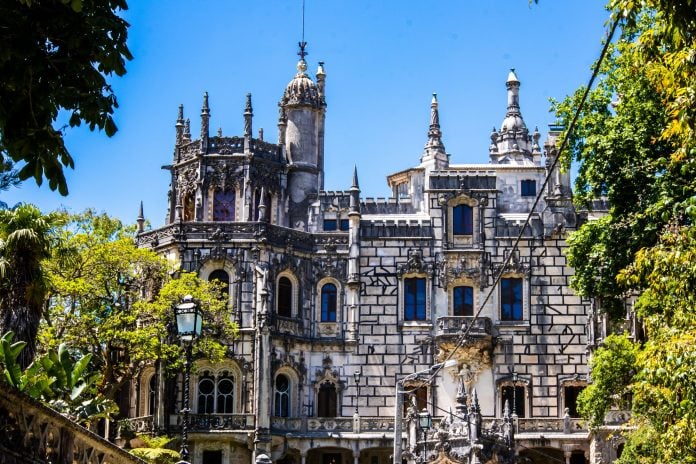Portugal, a nation steeped in history, culture, and natural beauty, also stands out for its literary wealth. Over the centuries, Portuguese writers have left an indelible mark on the world literary scene, with their works deeply rooted in the soul and identity of the country. From the lyrical poets of the Middle Ages to contemporary novelists, Portuguese literature has been a reflection of the complexity of human experience and the country’s rich cultural tapestry.
The work of the great Portuguese writers has not only enriched world literature, but has also played a crucial role in shaping national identity and preserving collective memory. Their words have echoed down the centuries, shaping the way the Portuguese see themselves and how they are perceived by the world.
In addition, the works of these writers have also been a source of inspiration for tourism in Portugal. Travelers from all over the world are drawn to the landscapes described by Fernando Pessoa, the streets of Sintra immortalized by Eça de Queirós, and the beaches of the Algarve that inspired Sophia de Mello Breyner, among other literary destinations. By following in the footsteps of these great authors, visitors have the opportunity not only to discover the country’s natural and architectural beauty, but also to immerse themselves in the rich literary tradition that has shaped Portugal’s soul.
In this article, we propose an exciting literary tour of Portugal, exploring different regions of the country based on the life and work of its greatest writers. From the historic streets of Lisbon to the breathtaking landscapes of the Azores, we invite you to embark on this unique journey, where literature and tourism merge to reveal the true essence of Portugal.
Lisbon Revisited: Following in the Footsteps of Fernando Pessoa
Chiado
Chiado, located in the heart of Lisbon, is an emblematic neighborhood that played a key role in the life and work of Fernando Pessoa. With its winding streets, charming squares and vibrant atmosphere, Chiado was frequented by the poet and was the setting for many of his creative moments. This bohemian and intellectual neighborhood became a real meeting place for artists, writers, and thinkers, providing Pessoa with an environment conducive to reflection and inspiration.
Among the literary highlights associated with Chiado are the historic cafés that Pessoa frequented, such as Café A Brasileira. In these places, the poet exchanged ideas with other intellectuals of the time, feeding his imagination and getting involved in fervent discussions about art, philosophy, and literature.
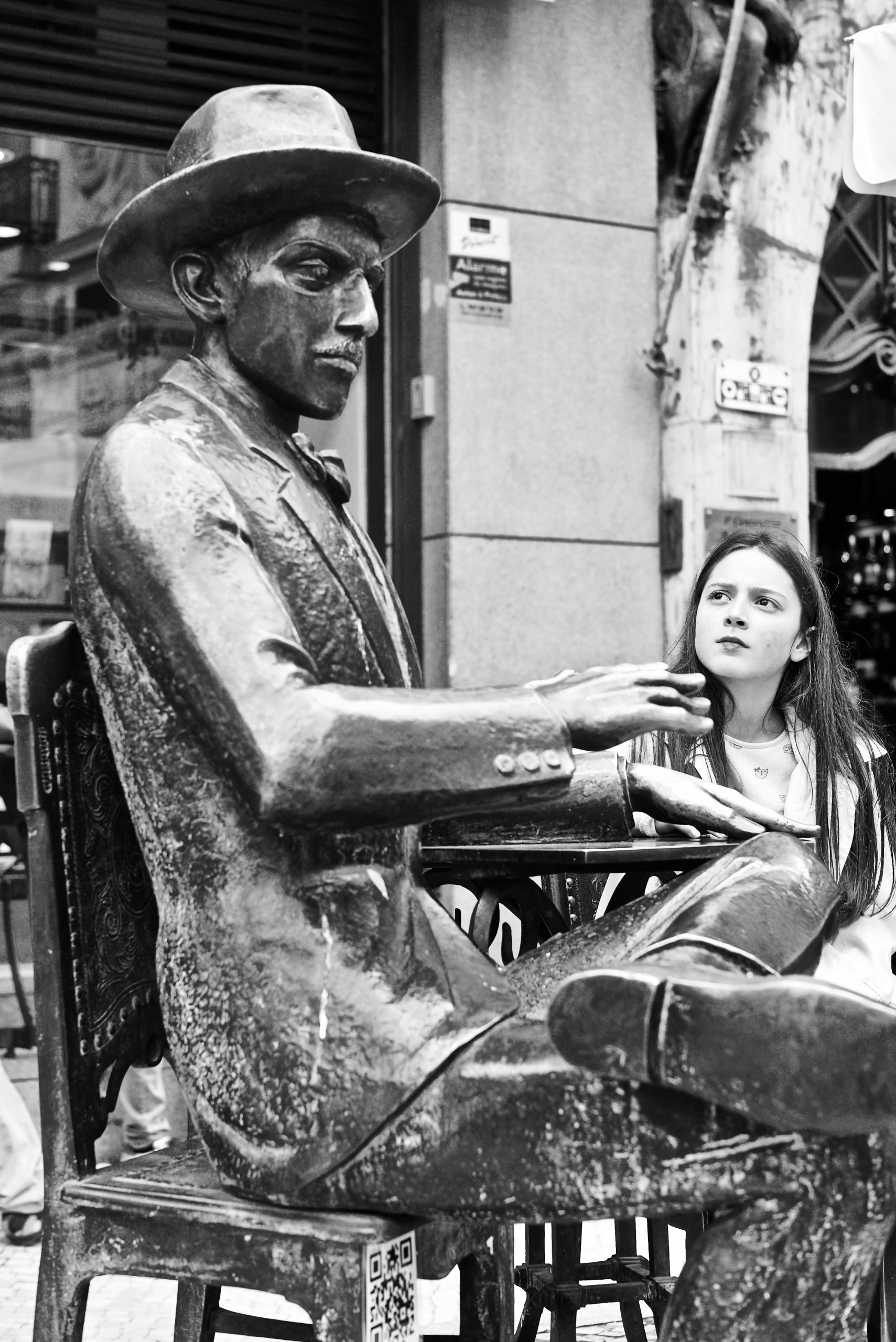
Baixa
Downtown Lisbon, or Baixa, with its large squares and busy streets, is another essential setting in Fernando Pessoa’s work. In the Baixa, visitors can feel transported into Pessoa’s poetic universe, immersing themselves in his observations on everyday life and the passage of time.
Places of interest linked to Pessoa’s life and work in Baixa include the statue of the poet in Praça do Comércio, which has become a meeting point for admirers of the author.
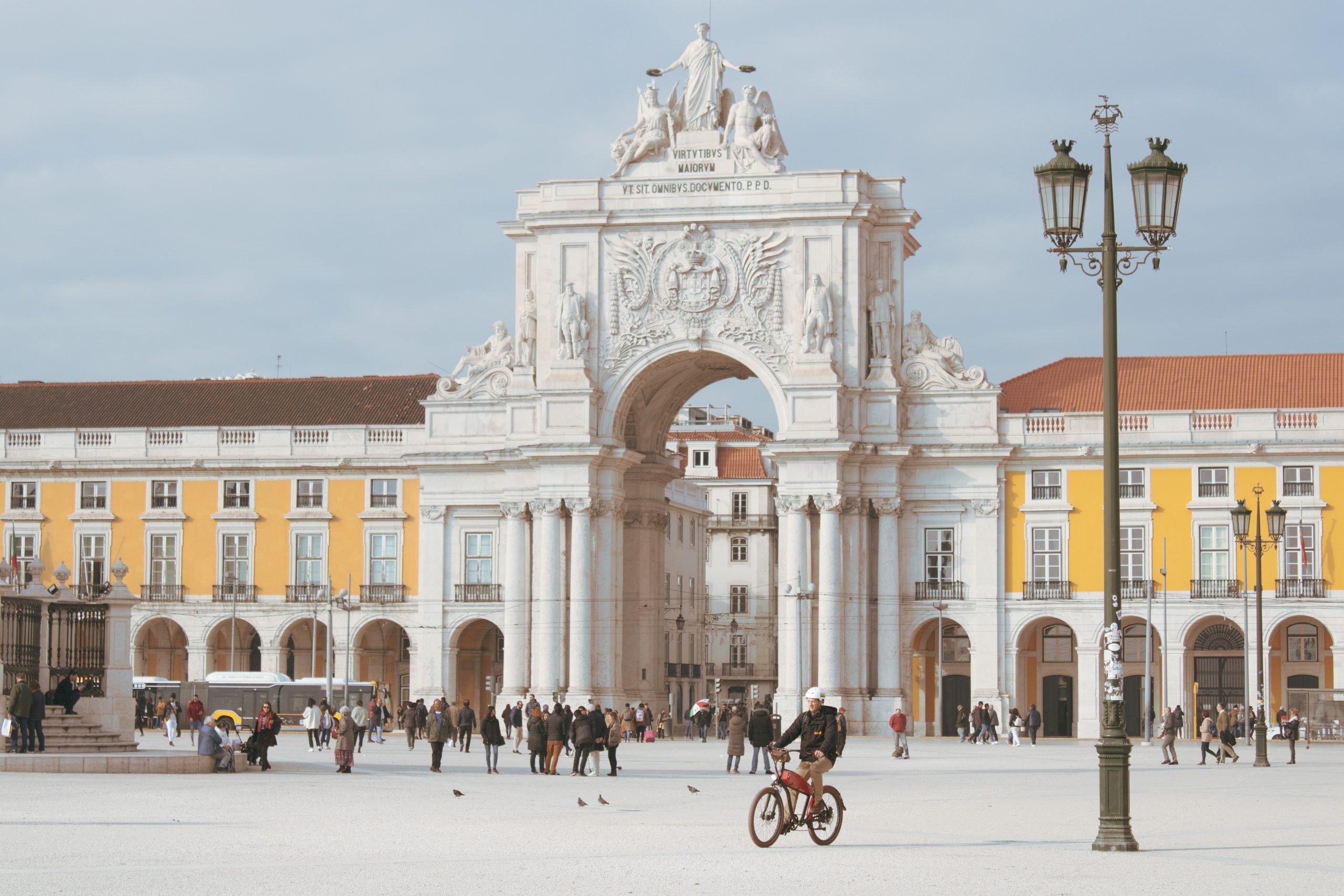
There is also the Casa Fernando Pessoa, located in the Campo de Ourique neighborhood, where visitors can learn more about the poet’s life and work through exhibitions and cultural events.
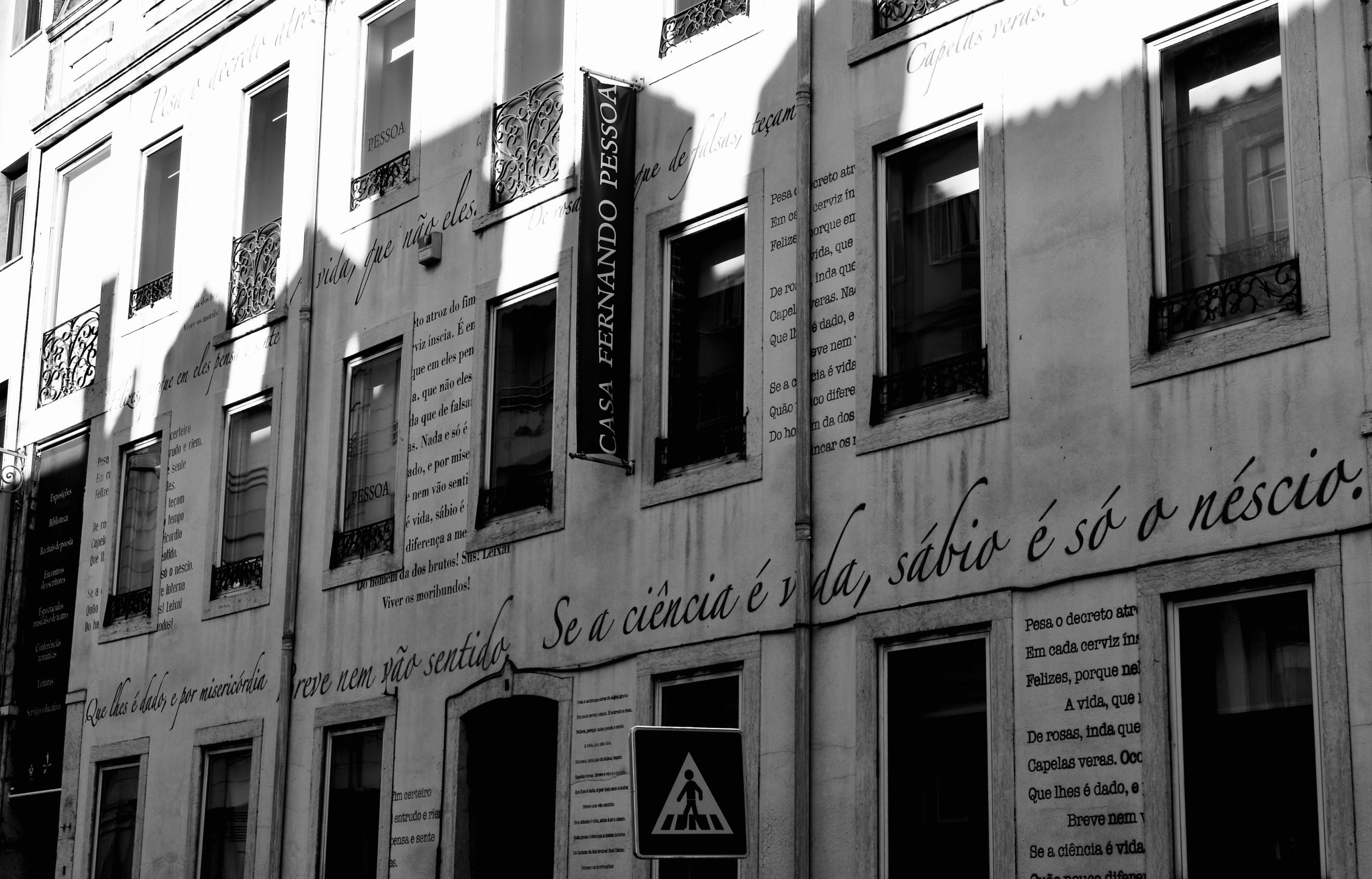
Alfama
Alfama, Lisbon’s oldest neighborhood, exerted a particular fascination on Fernando Pessoa. In his writings, the poet evokes the unique and picturesque atmosphere of this historic district, with its narrow alleys, colorful houses and the melancholy sound of fado. When visiting Alfama, tourists can follow in Pessoa’s footsteps and explore the places mentioned in his poems and writings about the neighborhood, such as the Lisbon Cathedral and the Santa Luzia Viewpoint.

The influence of Alfama’s atmosphere on Pessoa’s works is palpable, reflected in his melancholic and introspective poetry. Wandering through the cobbled streets and contemplating the panoramic views over the River Tagus, visitors can feel transported to the poet’s inner world, where reality mixes with fantasy and dream.
Sintra: Eça de Queirós’s Relic
Sintra National Palace
The National Palace of Sintra, with its impressive architecture and rich history, plays a significant role in Eça de Queirós’s masterpiece, “The Maias”. This iconic novel portrays the decadence of the Portuguese aristocracy and 19th-century Lisbon society. When exploring the National Palace of Sintra, visitors can find several references to the book’s narrative, from the detailed description of the luxurious interiors to the intrigues and dramas that unfold between the fictional characters.
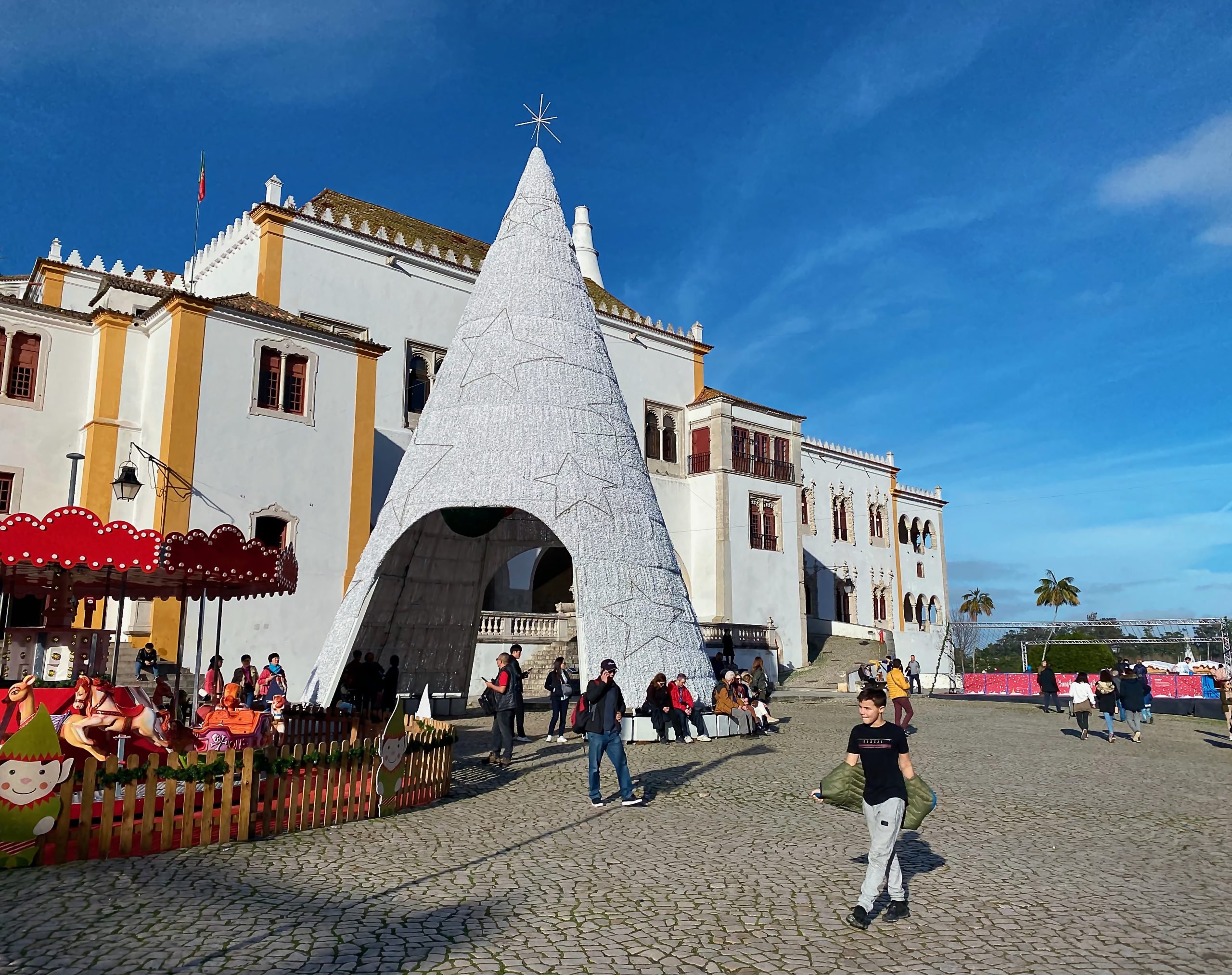
In addition to its connection with literature, the National Palace of Sintra is a fundamental piece of Portugal’s historical and cultural heritage. Built over several centuries, the palace has witnessed countless important events in the country’s history and continues to attract visitors from all over the world with its beauty and grandeur.
Quinta da Regaleira
Quinta da Regaleira, with its lush gardens and mysterious architecture, is another unmissable destination for fans of Eça de Queirós’ work. In “The Relic,” the author describes the quinta as a place of enchantment and hidden secrets. The architectural and symbolic elements of Quinta da Regaleira are echoed in the narrative of the novel, adding a layer of mystery and intrigue to the story.
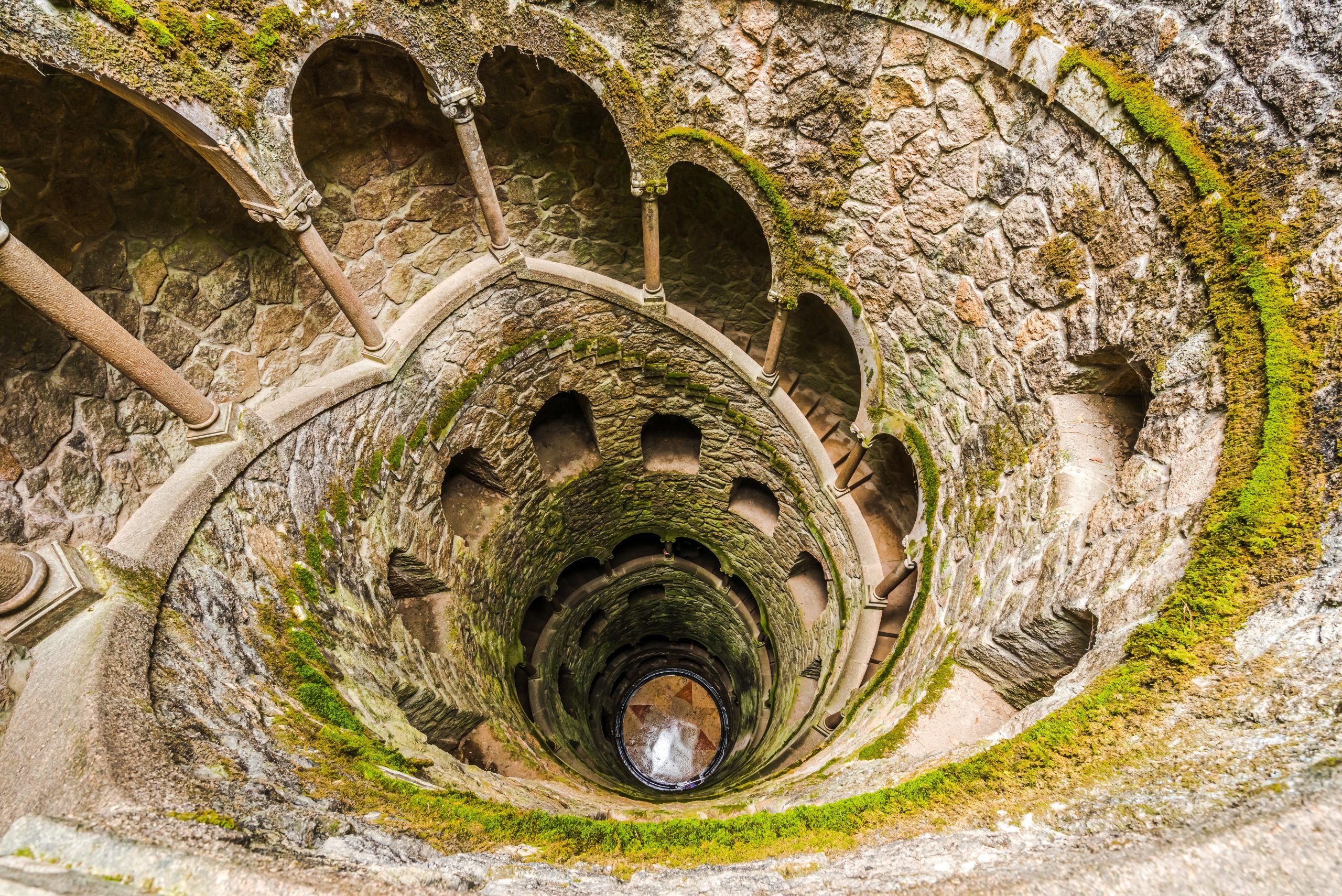
The influence of the mysteries and symbolism of Quinta da Regaleira on Queirós’ work is evident, reflected in the enigmatic and supernatural atmosphere of the novel. Walking through the underground tunnels, climbing the towers and discovering the esoteric symbols scattered around the estate, visitors can feel immersed in the author’s imaginary world, where reality blends with the fantastic.
The Algarve: Sophia de Mello Breyner’s Sea
Lagos Beaches
The stunning beaches of Lagos, with their crystal-clear waters and imposing cliffs, played a central role in the life and work of Sophia de Mello Breyner. The poet had a deep connection with the sea and nature, finding inspiration and tranquillity in the serene landscapes of the Algarve. For Sophia, the sea represented not only a source of beauty and wonder, but also a symbol of freedom and transcendence, recurring themes in her poems and short stories.
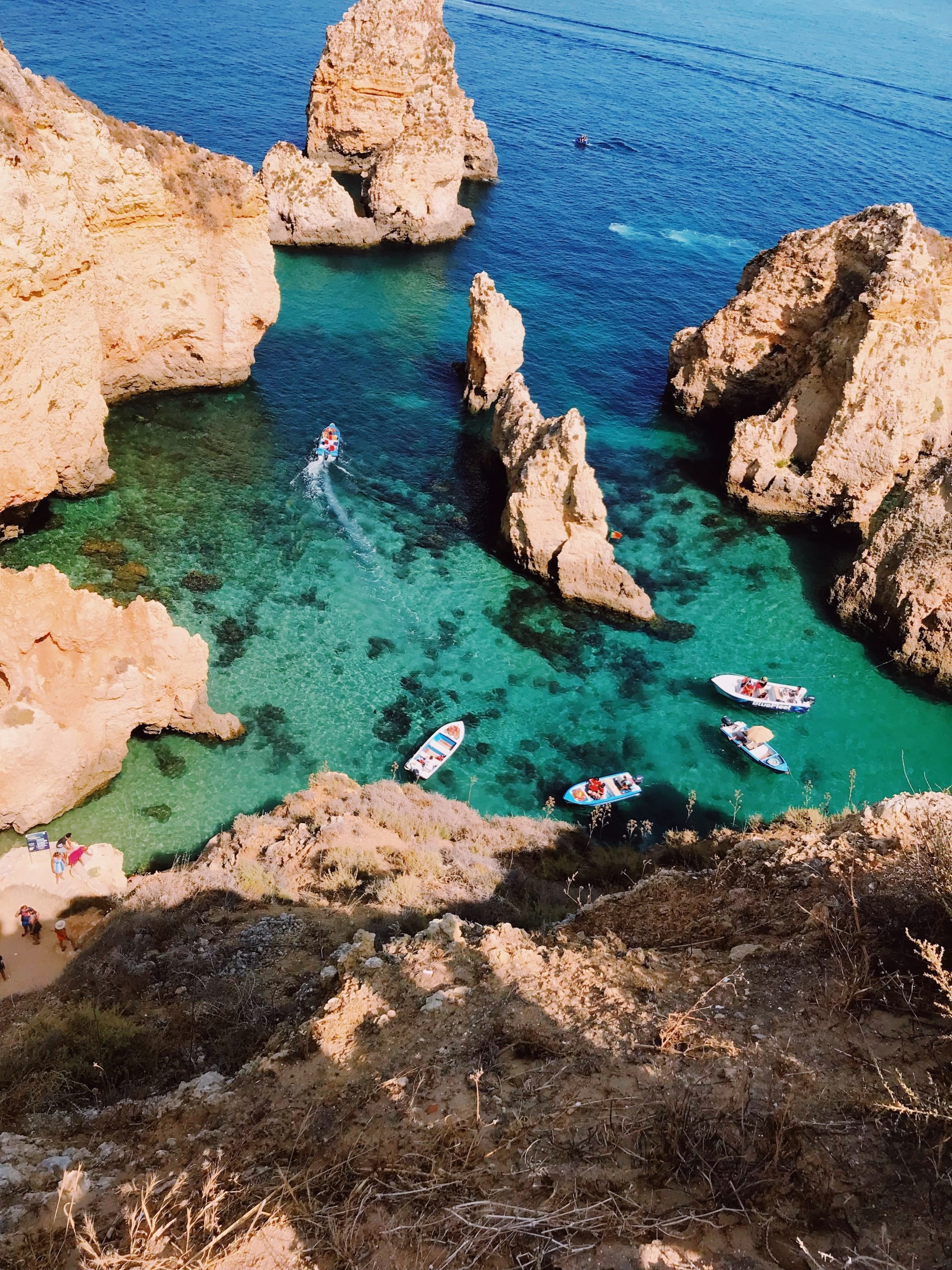
Reiseuhu.de (Unsplash)
The beaches of Lagos were the source of inspiration for many of Sophia’s works, which often depicted the relationship between man and the sea, the passage of time and the search for the essence of life. Strolling along the Algarve coast, visitors can feel immersed in the author’s poetic universe, contemplating the same landscapes that inspired her to create some of her most famous works.
Vila Real de Santo António
Vila Real de Santo António, located in the far east of the Algarve, was a constant source of inspiration and refuge for Sophia de Mello Breyner. The places she frequented in the city, such as the historic center and the riverside, bore witness to her moments of contemplation and creativity. In Vila Real de Santo António, Sophia found the peace and serenity she needed to give voice to her poetry and explore the themes that fascinated her so much.
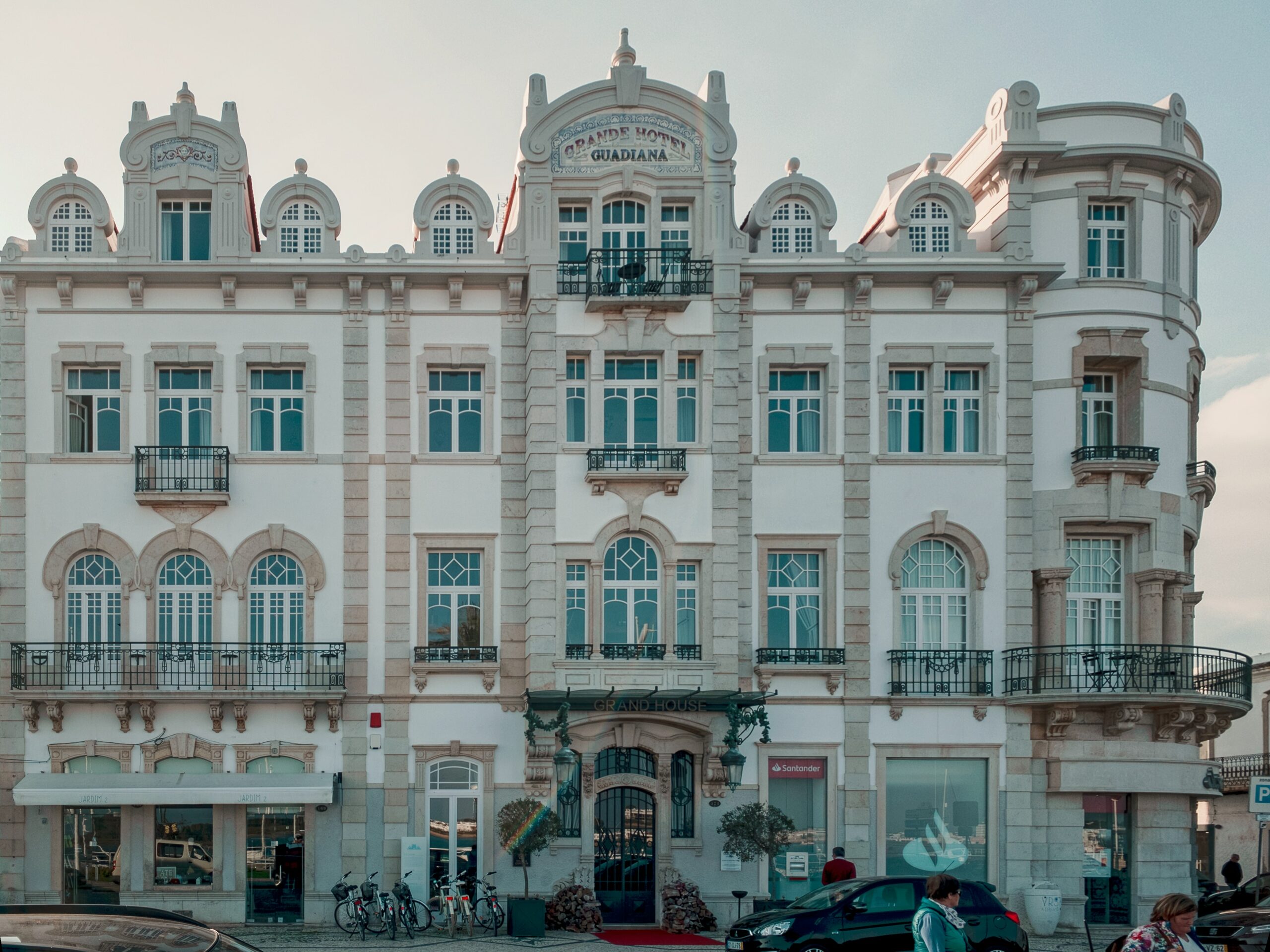
The Algarve region played a significant role in Sophia de Mello Breyner’s life and work, influencing not only her poetry, but also her view of the world and her relationship with nature. By visiting Vila Real de Santo António and other areas of the Algarve associated with the author, tourists can immerse themselves in the unique atmosphere that inspired some of the most beautiful verses in Portuguese literature.
The Interior of Miguel Torga’s Mind
Trás-os-Montes
Vila Real, Miguel Torga’s home district, is a must-see destination for fans of the writer. By exploring the places that marked Torga’s childhood and youth, visitors can glimpse the origins of his literary inspiration. From the historic corners of the district capital’s city center to the surrounding countryside, Vila Real offers a glimpse into the life that shaped the author’s worldview and influenced his writing over the years.
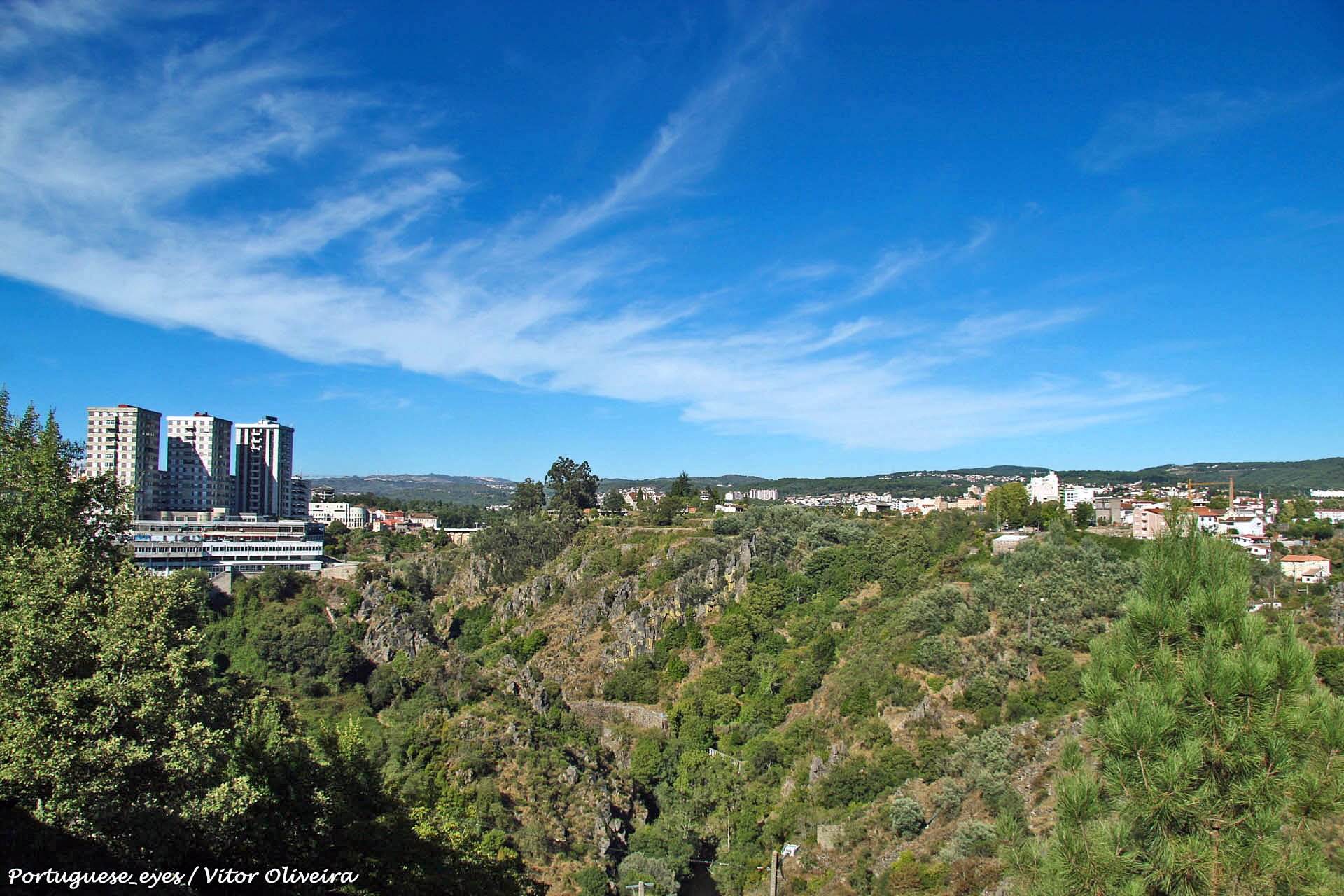
The lush landscape and local culture of Sabrosa especially had a profound impact on Miguel Torga’s work. His vivid and realistic descriptions of rural life and the traditions of inland Portugal reflect his deep connection with the region. Visitors can feel this influence as they explore the vineyards, picturesque villages and surrounding mountains that inspired many of his poems, short stories and essays.
Serra da Estrela
The imposing Serra da Estrela, the largest mountain range in mainland Portugal, played a significant role in the life and work of Miguel Torga. The writer’s experiences in the mountainous region left an indelible mark on his writing, influencing both the content and style of his works. The majestic solitude of the mountains, the dramatic landscapes and the abundant wildlife provided Torga with fertile ground for reflection and contemplation, recurring themes in his writing.
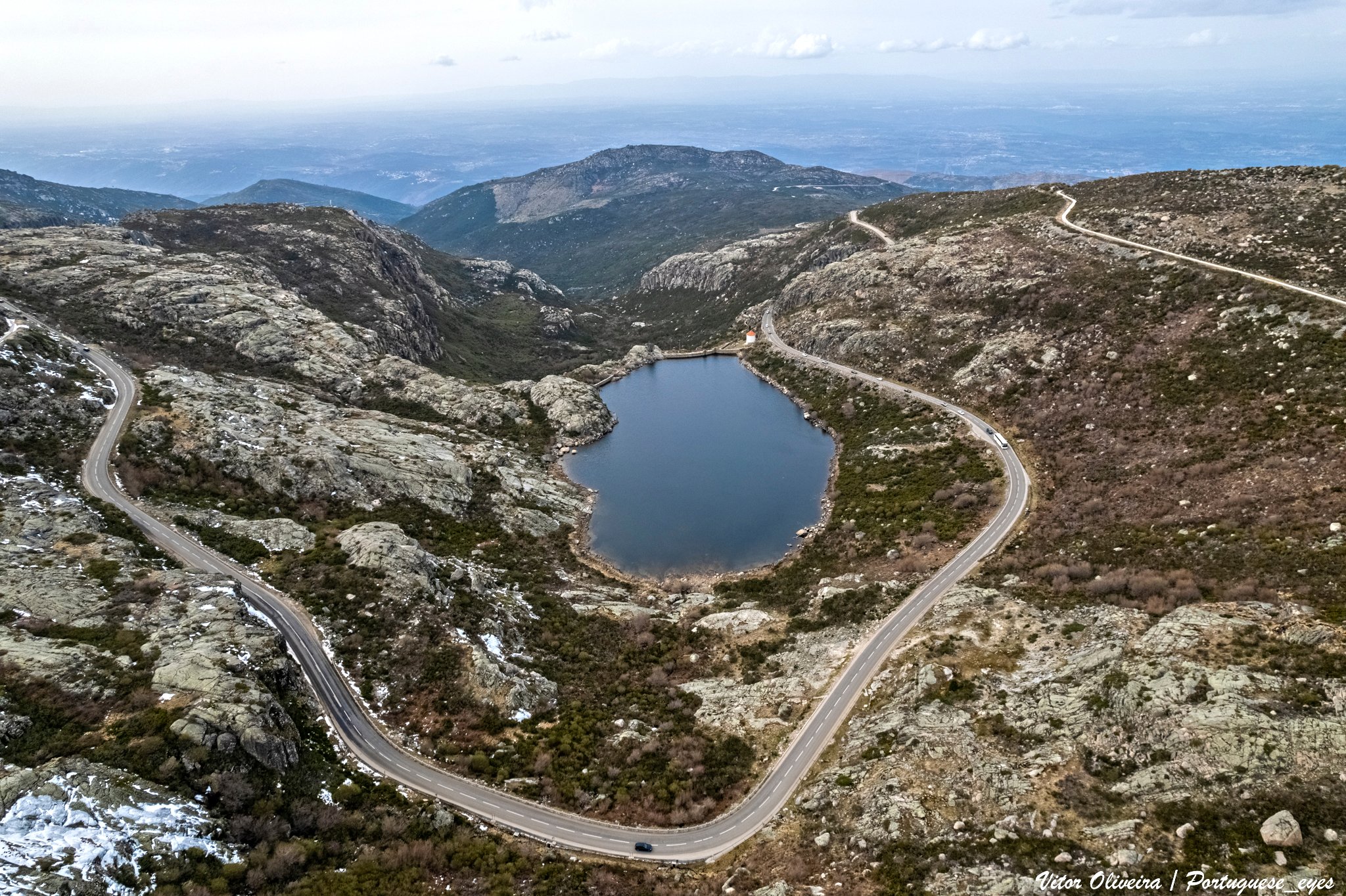
Points of interest linked to Torga’s work in Serra da Estrela include panoramic viewpoints, such as Torre, the highest point in mainland Portugal, from where you can contemplate the grandeur of the mountains that inspired the author so much. In addition, visitors can explore the picturesque mountain villages and hiking trails that offer an intimate experience with the nature that so captivated the writer.
Mafra: The City that Saramago Invented
The National Palace of Mafra
The National Palace of Mafra, an imposing monument located in the homonymous city, played a central role in José Saramago’s work. Inspired by its grandeur and history, Saramago wrote “Baltasar and Blimunda,” one of his most famous and critically acclaimed novels. By exploring the National Palace of Mafra, visitors can follow in the footsteps of Saramago’s fictional characters and immerse themselves in the novel’s fascinating and multifaceted narrative.
The majestic and oppressive atmosphere of the National Palace exerted a strong influence on José Saramago’s work. In “Baltasar and Blimunda,” Saramago explores themes such as power, religion, superstition and love, using these monuments as powerful metaphors for the dilemmas and contradictions of the human condition. The architectural magnitude and historical richness of these sites provide a vivid and evocative context for Saramago’s narrative, transporting readers to a time of splendor and decadence.
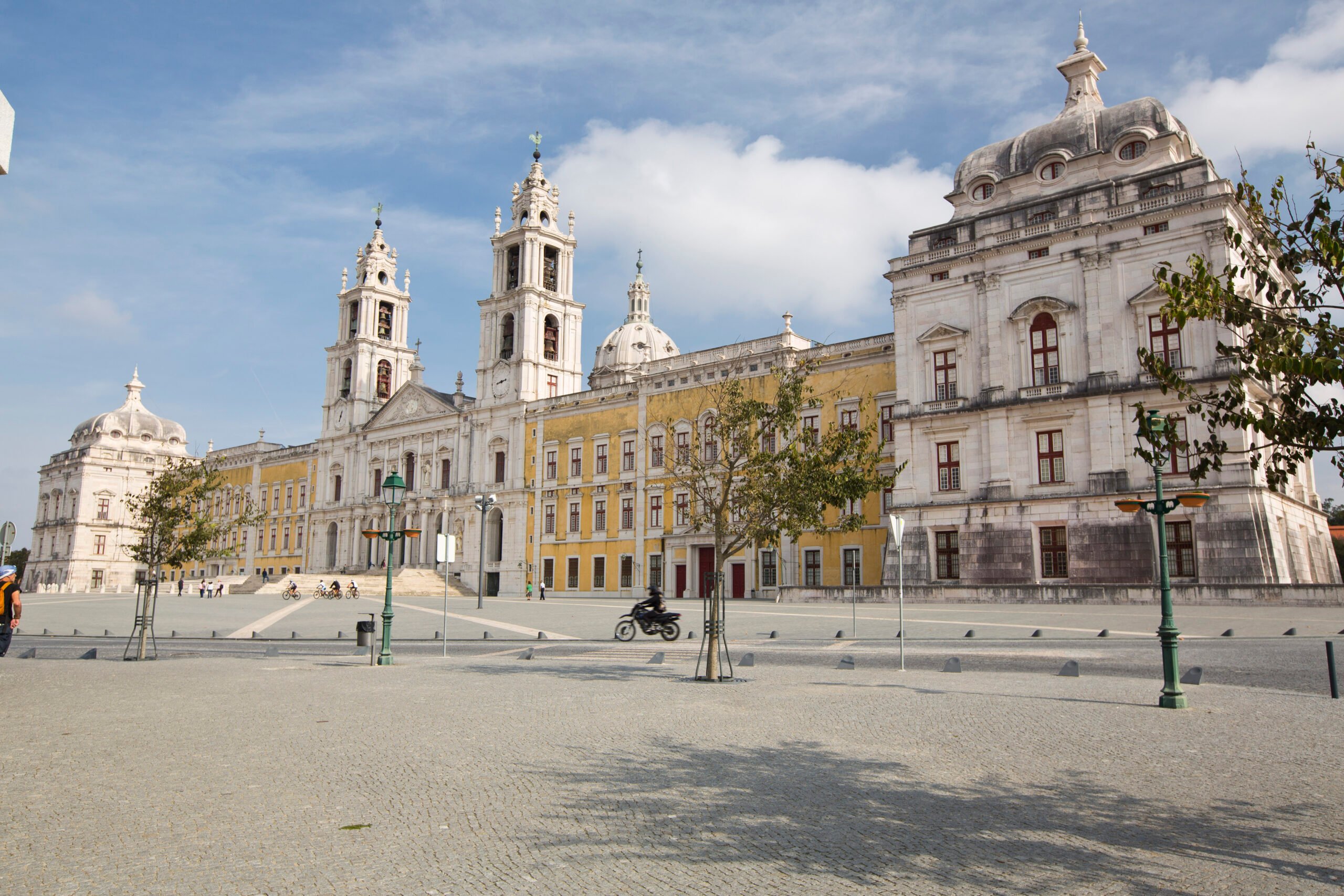
Mafra National Hunting Grounds
The Tapada Nacional, or Hunting Grounds, a vast natural park that surrounds the National Palace-Convent, played a significant role in José Saramago’s work. In “Baltasar and Blimunda”, Saramago uses the Tapada as the setting for several important scenes, portraying it as a space of exuberant and wild nature, populated by peculiar characters and full of symbolism.
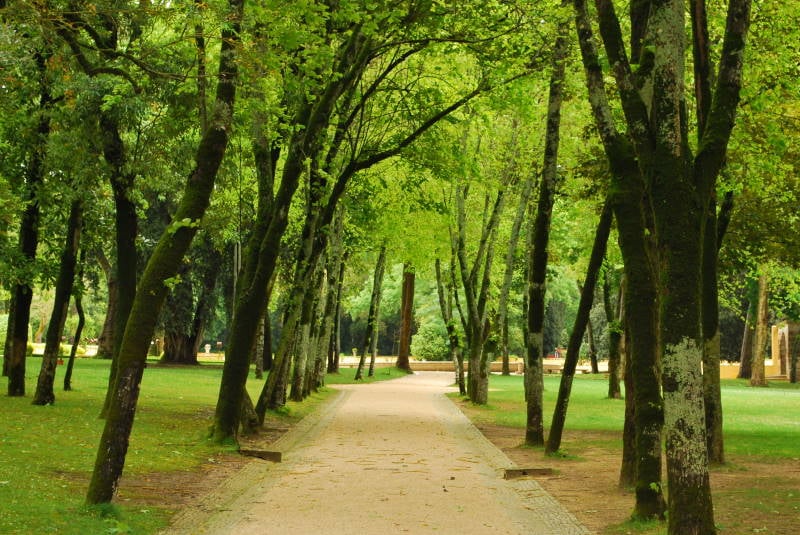
The diverse and unspoiled landscape of the Tapada Nacional de Mafra inspired Saramago to explore themes such as the relationship between man and nature, the search for freedom, and resistance against oppression. By walking the winding paths of the Tapada, visitors can experience the same feelings of awe and wonder that permeate Saramago’s work, reflecting on the interconnection between human beings and the environment.
Porto: According to Agustina Bessa-Luís
Ribeira
Ribeira, one of Porto’s most picturesque and emblematic neighborhoods, plays a key role in the work of Agustina Bessa-Luís. The unique atmosphere and rich history of the city of Porto are echoed in the writing of Bessa-Luís, who often portrays the urban landscapes and quirky characters that populate Ribeira. Exploring this historic neighborhood, visitors can feel transported to the author’s literary universe, where the narrow streets and winding alleys come to life in the pages of her novels and short stories.
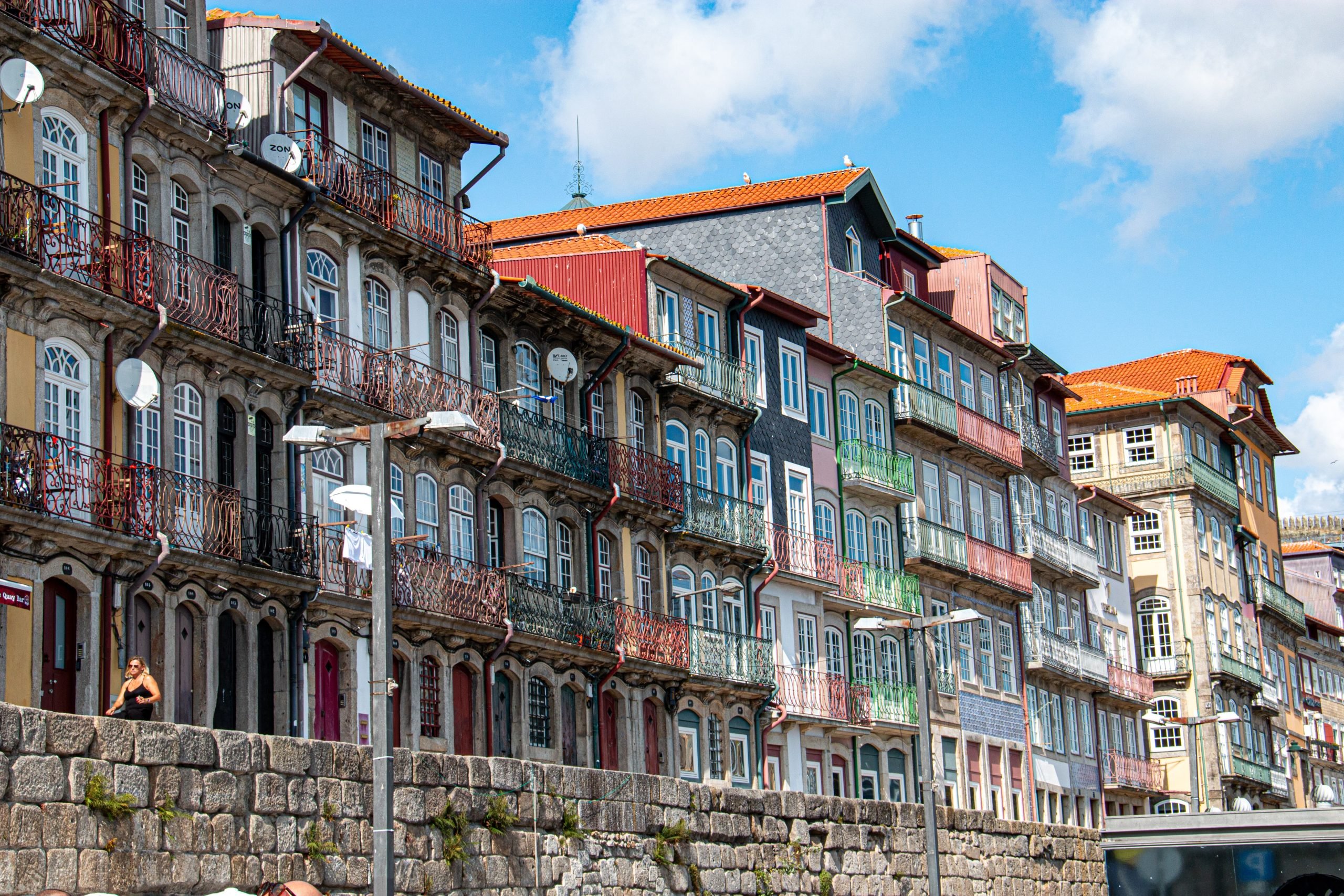
Urban and social themes feature prominently in the work of Agustina Bessa-Luís, who uses the city of Porto as a backdrop to explore issues such as identity, memory and transformation. Walking through the streets of Ribeira, tourists can reflect on the dilemmas and contradictions of urban life as they immerse themselves in Bessa-Luís’ intricate narratives.
Casa da Música
Casa da Música, one of Porto’s most iconic architectural landmarks, is a place of central importance in the work of Agustina Bessa-Luís. The author, known for her passion for music and art, makes frequent references to music in her novels and essays, using it as a metaphor to explore themes such as passion, love and transcendence. By visiting the Casa da Música, Bessa-Luís’s admirers can appreciate the cultural and artistic richness that so influenced her writing.
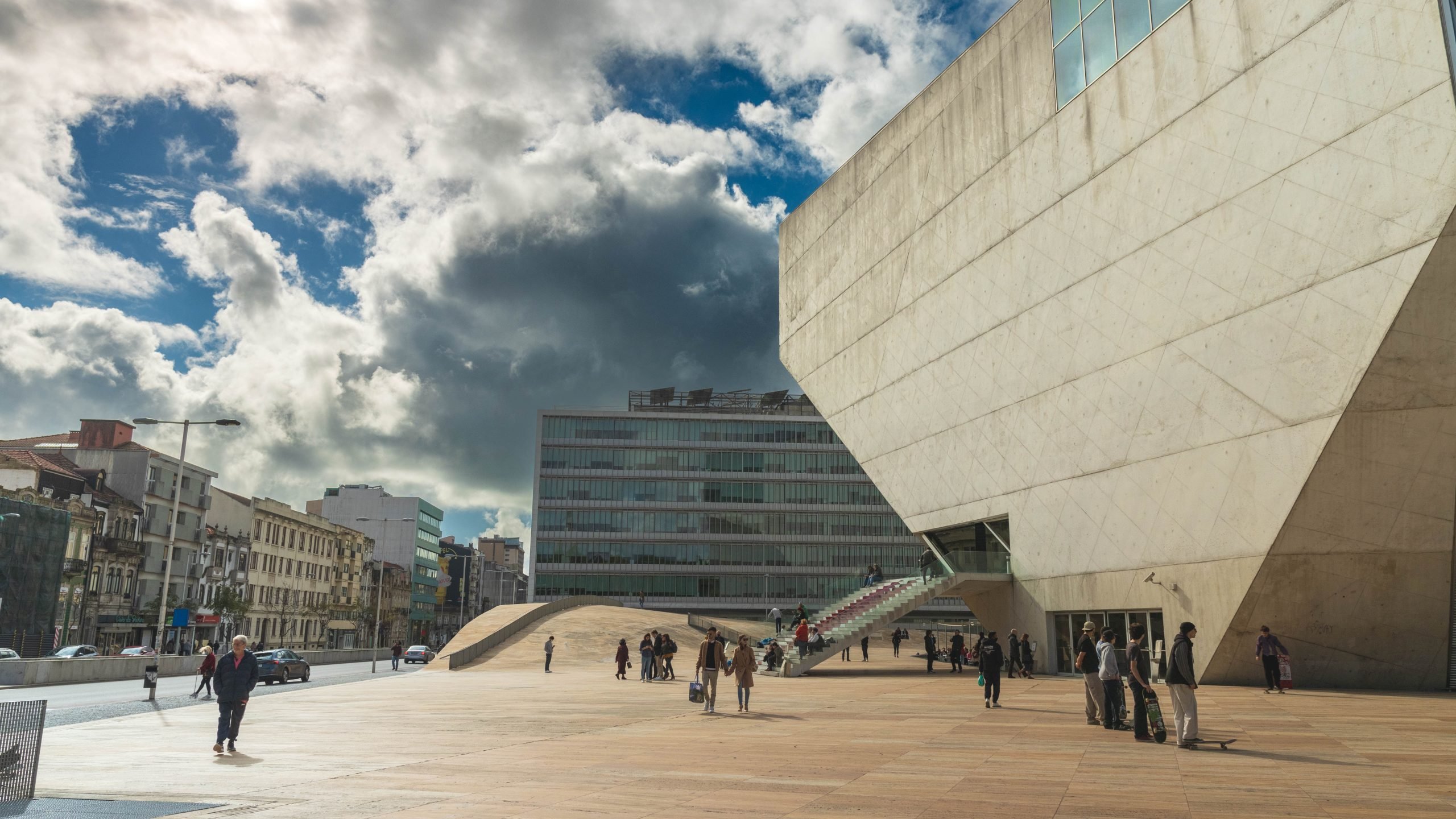
In addition, Casa da Música hosts a variety of cultural events and exhibitions related to the author, offering visitors the chance to immerse themselves in Bessa-Luís’s creative universe. From classical music concerts to lectures and debates on literature, Casa da Música is a meeting place for art and culture lovers, celebrating Agustina Bessa-Luís’s lasting legacy on the Portuguese cultural scene.
Alentejo: Following the Paths of José Régio
Évora
Évora, a city rich in history and culture, plays a central role in the life and work of José Régio. By exploring the city’s historical sites related to the author’s life, visitors can immerse themselves in the unique atmosphere that inspired his writing. From the University of Évora, where Régio studied law, to the medieval streets of the historic center, Évora offers a glimpse into the world that shaped the author’s worldview and influenced his literary production.
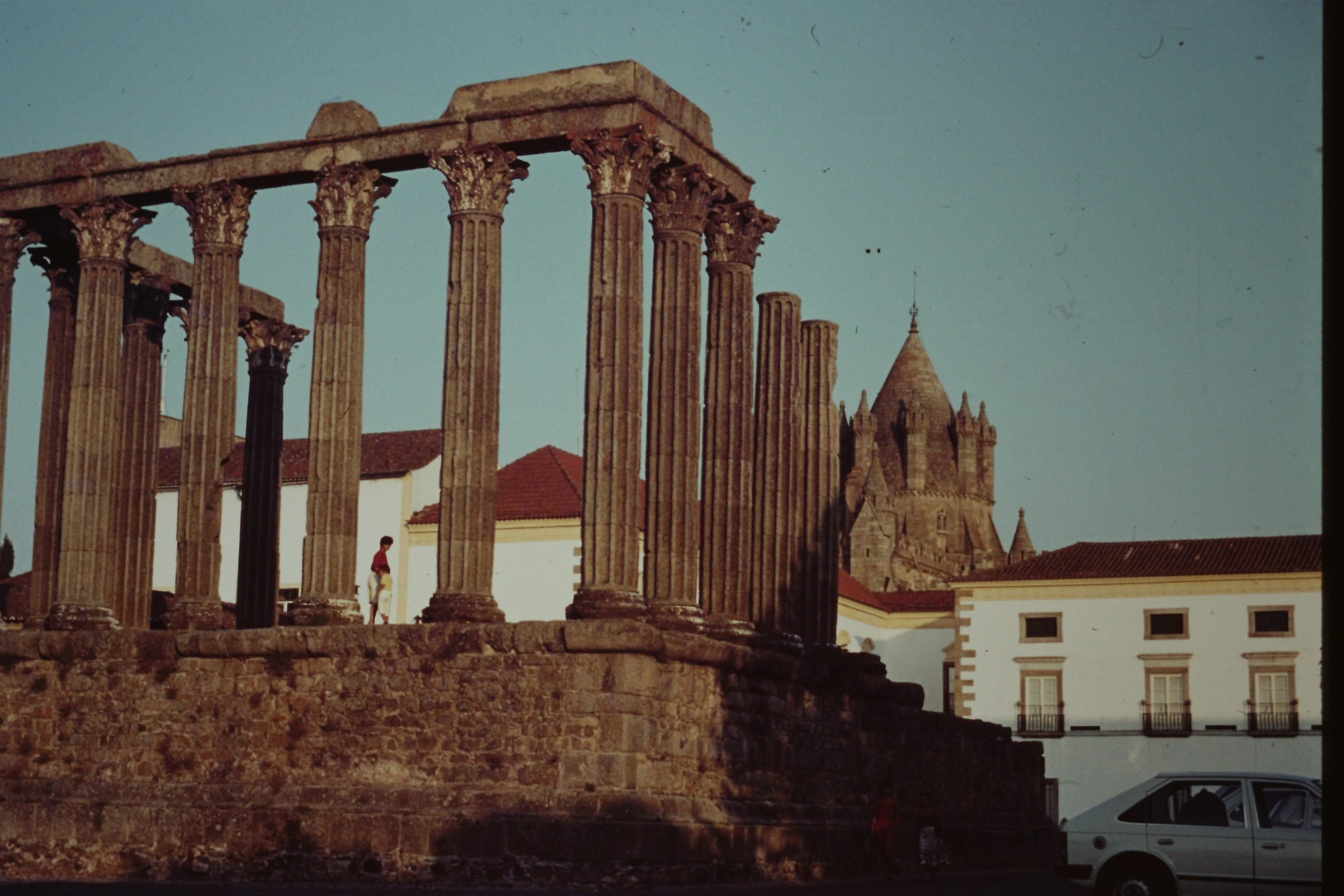
The Alentejo landscape exerted a profound influence on José Régio’s poetry and prose. The vast plains, olive fields, and rolling hills of the Alentejo are often evoked in his writing, reflecting the austere beauty and contemplative solitude of the region. By contemplating the Alentejo landscape, visitors can feel connected to the same land that inspired Régio to create some of his most emblematic works.
José Régio House-Museum
The José Régio House-Museum, located in Portalegre, is a place of fundamental importance for admirers of the author. This house, where José Régio lived and worked for most of his life, offers visitors an intimate insight into the writer’s life and work. Walking through the carefully preserved rooms of the house, visitors can imagine the author immersed in his writings, finding inspiration in the landscapes and people of the Alentejo.
The José Régio House-Museum houses an impressive collection of personal artifacts, original manuscripts and works of art related to the author’s life and work. From family photographs to rare editions of his books, the house-museum offers a comprehensive perspective on José Régio’s life and legacy, providing an enriching and educational experience for visitors.
Madeira: The Island of Herberto Hélder
Funchal
Funchal, the capital of the island of Madeira, is a key setting in Herberto Hélder’s poetry. By exploring the places that inspired his poetry on the island, visitors can feel the influence of Madeira’s lush landscape and unique atmosphere on his work. From the historic streets of the city center to the dramatic cliffs and panoramic ocean views, Funchal offers a wealth of inspiration for Hélder’s intense and evocative verses.
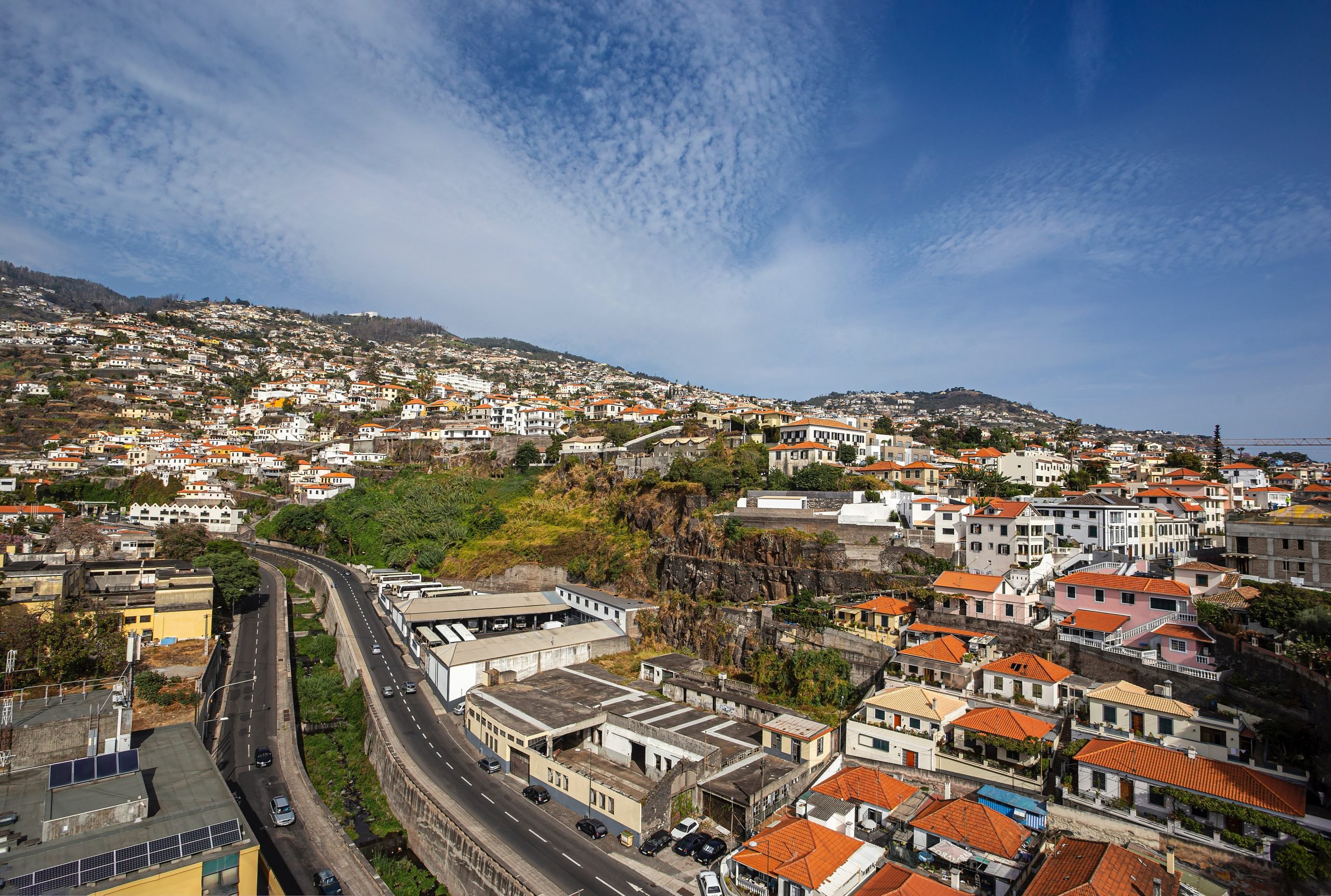
Herberto Hélder’s relationship with nature and the island landscape of Madeira is a recurring theme in his poetry. Through powerful images and intense poetic language, Hélder explores the complexity and beauty of nature, reflecting on themes such as the passage of time, mortality, and the fragility of human life.
Madeira Botanical Garden
The Madeira Botanical Garden is one of the most emblematic and inspiring places on the island, and may have played a significant role in Herberto Hélder’s imagination and poetic language. Strolling through the botanical garden’s lush and exotic gardens, visitors can experience the same sense of wonder and awe that permeates Hélder’s poetry, while contemplating the diversity and beauty of Madeira’s flora.
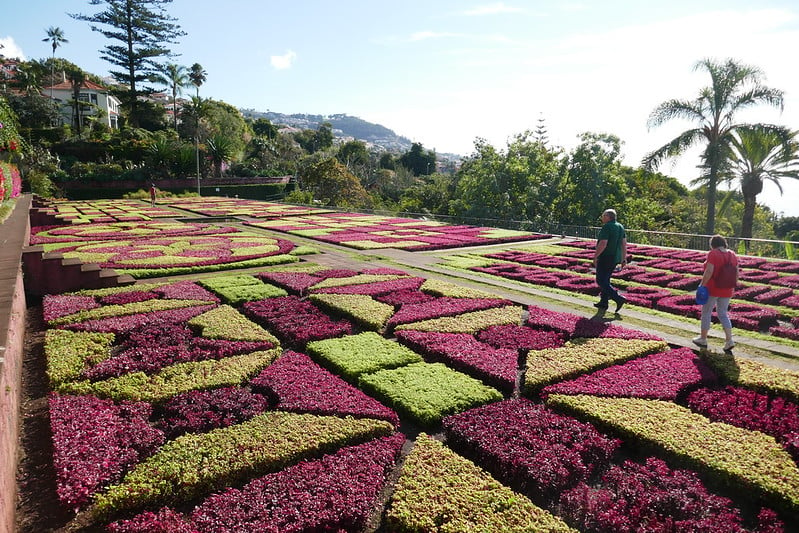
Madeira’s lush flora is often evoked in the work of Herberto Hélder, who uses images of nature to explore existential and metaphysical questions. The island’s flowers, trees, and plants become powerful symbols in the poet’s hands, representing the ephemeral nature of life and the transcendence of the human in relation to the natural world. By reflecting on Madeira’s flora in his work, Hélder invites readers on a journey of contemplation and discovery, where the beauty of the natural world merges with the depth of human experience.
The Azores: Natália Correia’s Atlantis
São Miguel
Ponta Delgada, the main city on the island of São Miguel, plays an important role in the life and work of Natália Correia. By exploring the places Correia frequented on the island, visitors can experience the unique atmosphere and beauty of the Azorean landscapes that so influenced her poetry. From historic cafés to picturesque squares, Ponta Delgada offers a variety of settings that inspired Correia’s lyrical verses and deep reflections.
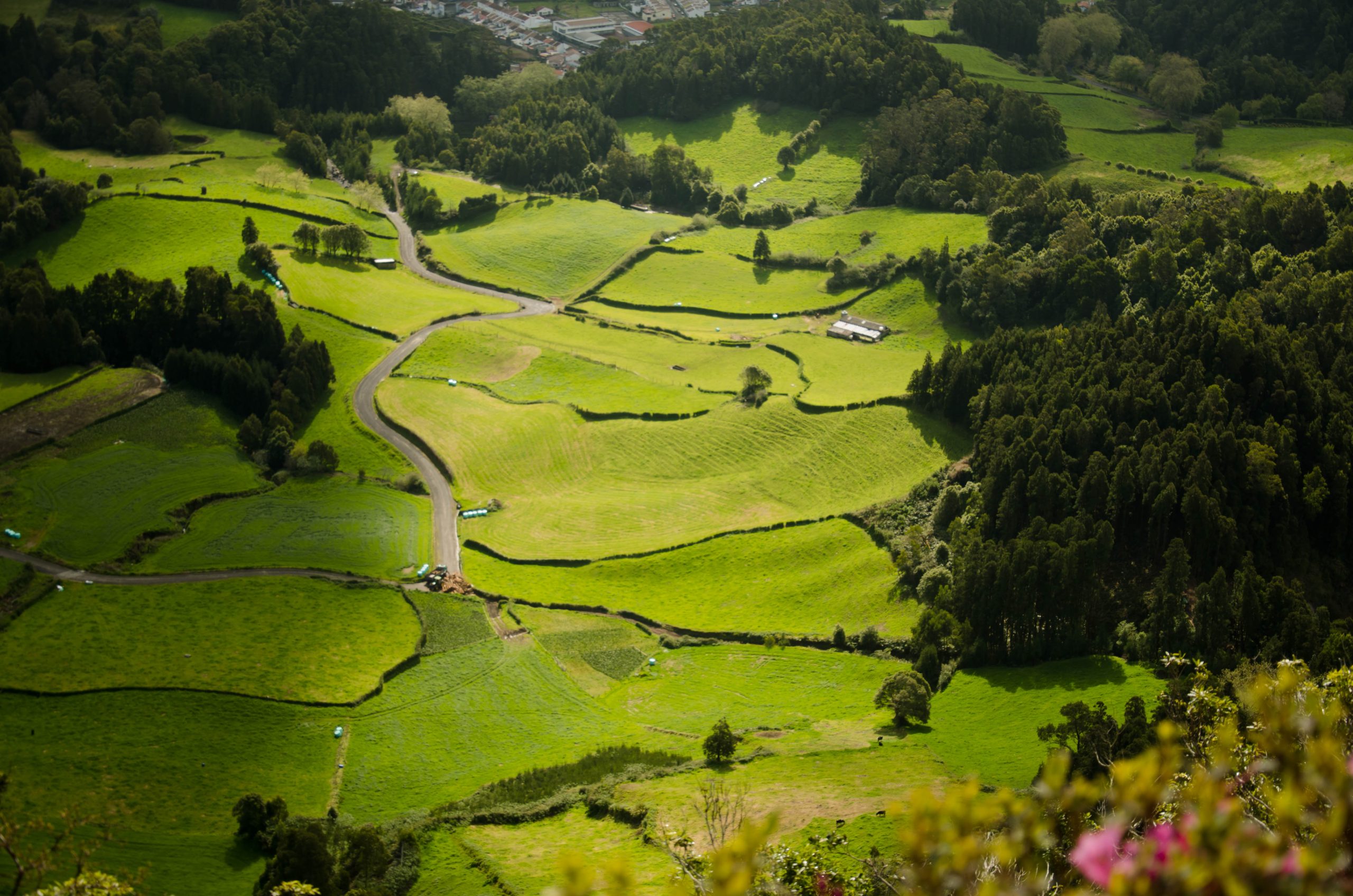
The volcanic and maritime landscapes of the Azores exerted a marked influence on Natália Correia’s poetry. The towering mountains, tranquil lakes, and rocky coastlines of the island of São Miguel are often evoked in her work, reflecting her admiration for the wild and untamed nature of the Azores. Through powerful imagery and rich poetic language, Correia captures the unique essence of the islands, exploring themes such as identity, longing and the ancestral connection to the land.
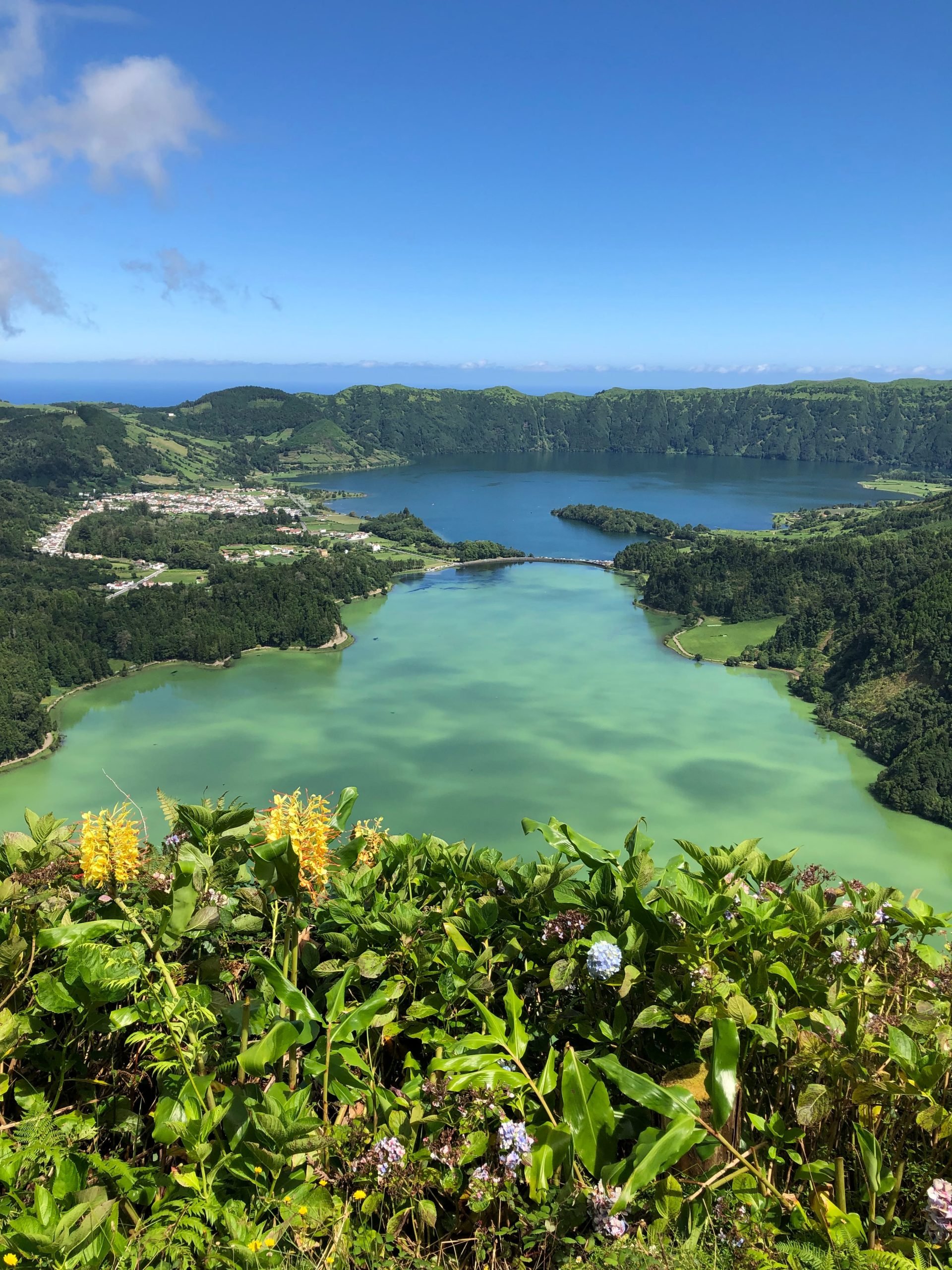
Teatro Micaelense
The Teatro Micaelense, located in Ponta Delgada, plays a central role in the cultural life of the Azores and had a close relationship with Natália Correia. As a prominent figure on the literary and cultural scene in the Azores, Correia contributed significantly to the promotion of the arts in the region, organizing literary events, lectures and exhibitions at the Teatro Micaelense. The theater became a meeting and celebration space for lovers of literature and the arts, providing a stage for creative expression and cultural exchange.
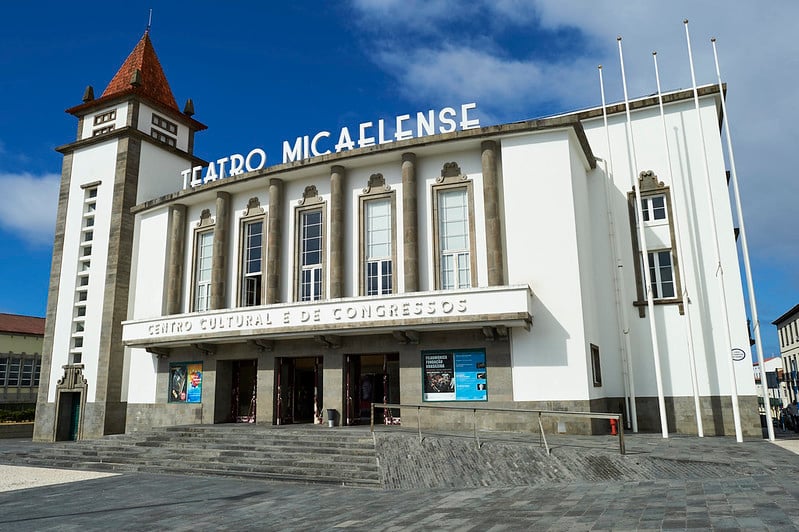
The Teatro Micaelense continues to be a vibrant center of cultural activities related to Natália Correia, regularly hosting literary events, exhibitions and performances inspired by the author’s work. From poetry readings to debates on social and political issues, the theater keeps Correia’s memory and legacy alive, promoting her work and inspiring new generations of Azorean artists.
Final Thoughts
Portugal is a country rich in geographical, cultural, and literary diversity, as evidenced by the works of its writers. Throughout this literary tour of Portugal, we explore different regions of the country, from Lisbon to the Azores, passing through the Alentejo, Porto, Madeira, and much more. Each place has its own history, unique landscapes, and peculiar atmosphere, which have served as inspiration for some of the greatest names in Portuguese literature.
By emphasizing Portugal’s geographical and cultural diversity through the works of its writers, we can appreciate the richness and complexity of this country in a deeper way. Each author, with their unique voice and personal perspective, contributes to the literary tapestry that is Portugal, offering insights into the national identity, social values and cultural traditions that shape Portuguese society.
This literary itinerary not only invites us to immerse ourselves in the pages of books, but also encourages us to explore the different regions of Portugal in person. As we travel around the country, we can discover the literary and tourist riches that each place has to offer, from historical monuments to stunning natural landscapes. In every city, town, or village, there is a story to be told and a unique experience to be had.
Therefore, we encourage readers to step out of their comfort zone and embark on a journey of discovery through Portugal, exploring not only the traditional sights, but also the places that inspired and brought to life the works of their favorite writers. In doing so, they will not only enrich their understanding of Portuguese literature, but also create unforgettable memories and a deeper connection with this fascinating and multifaceted country.

